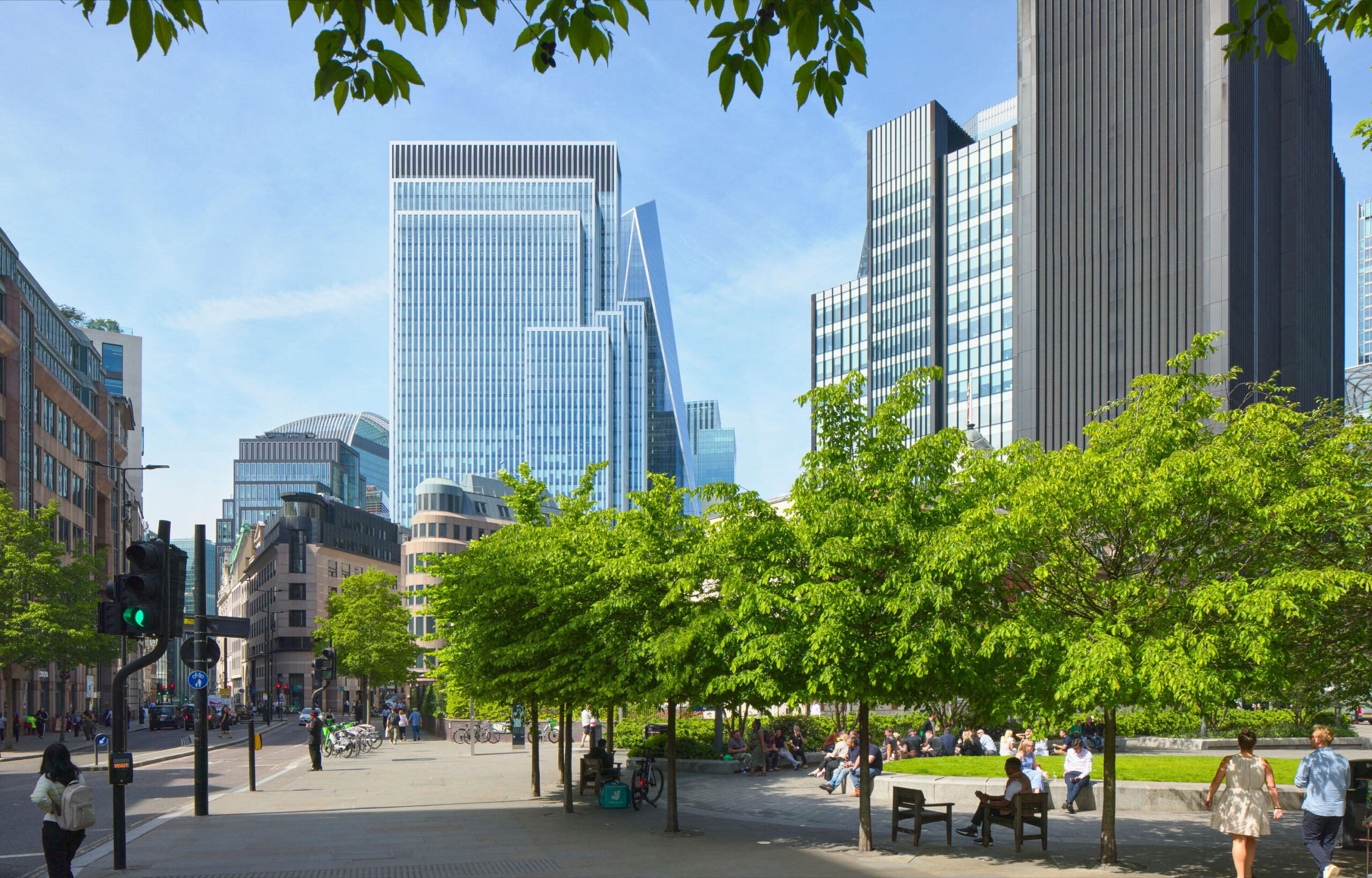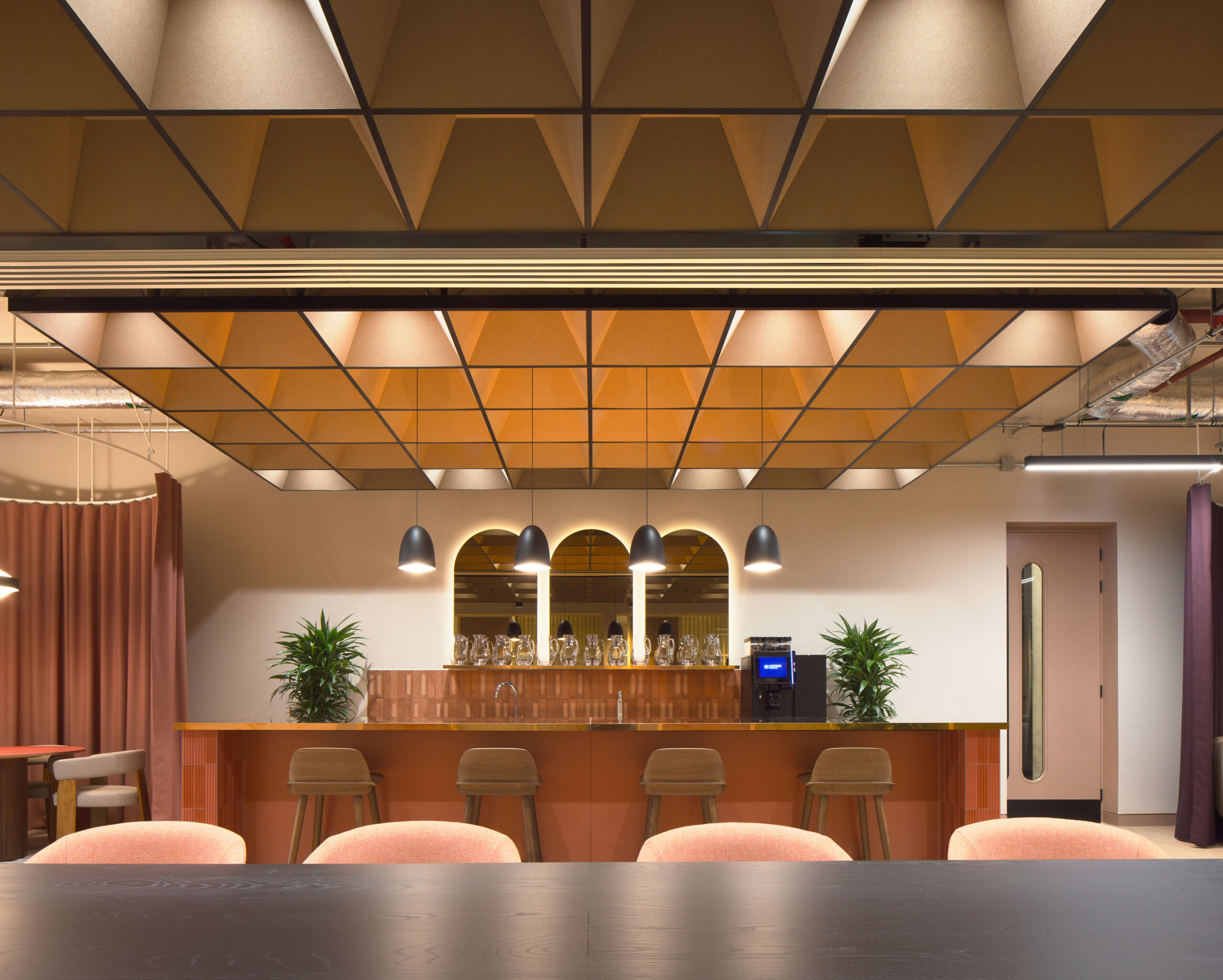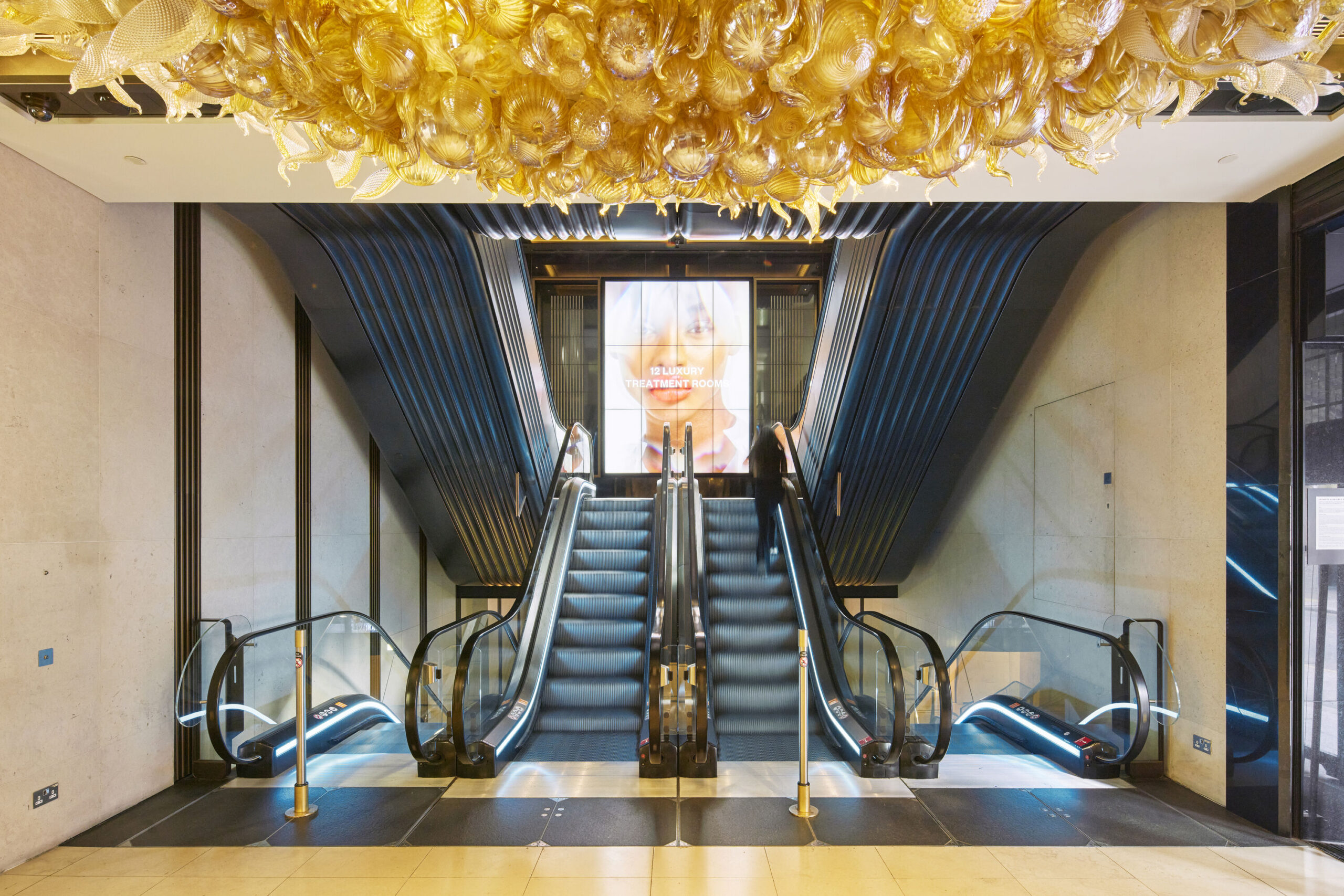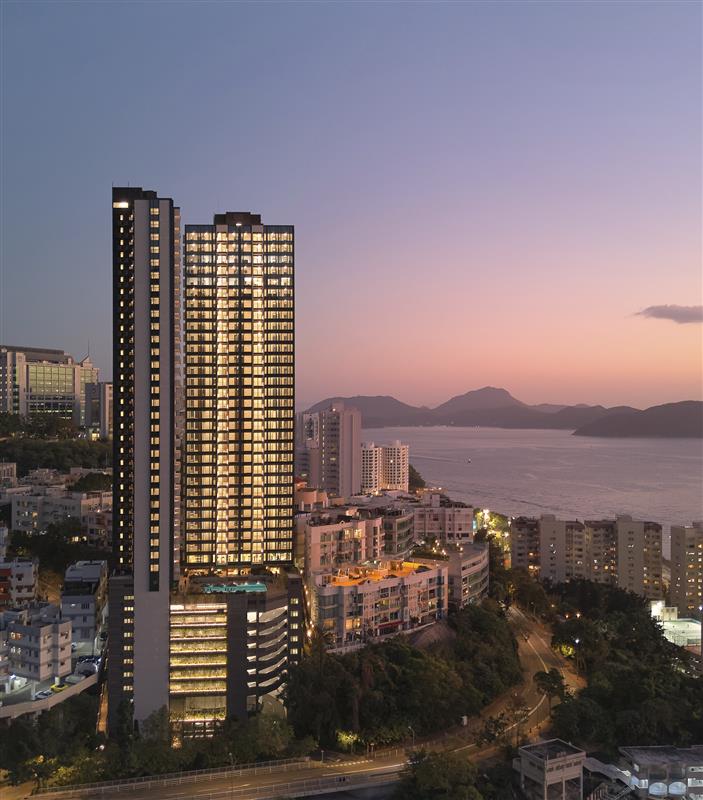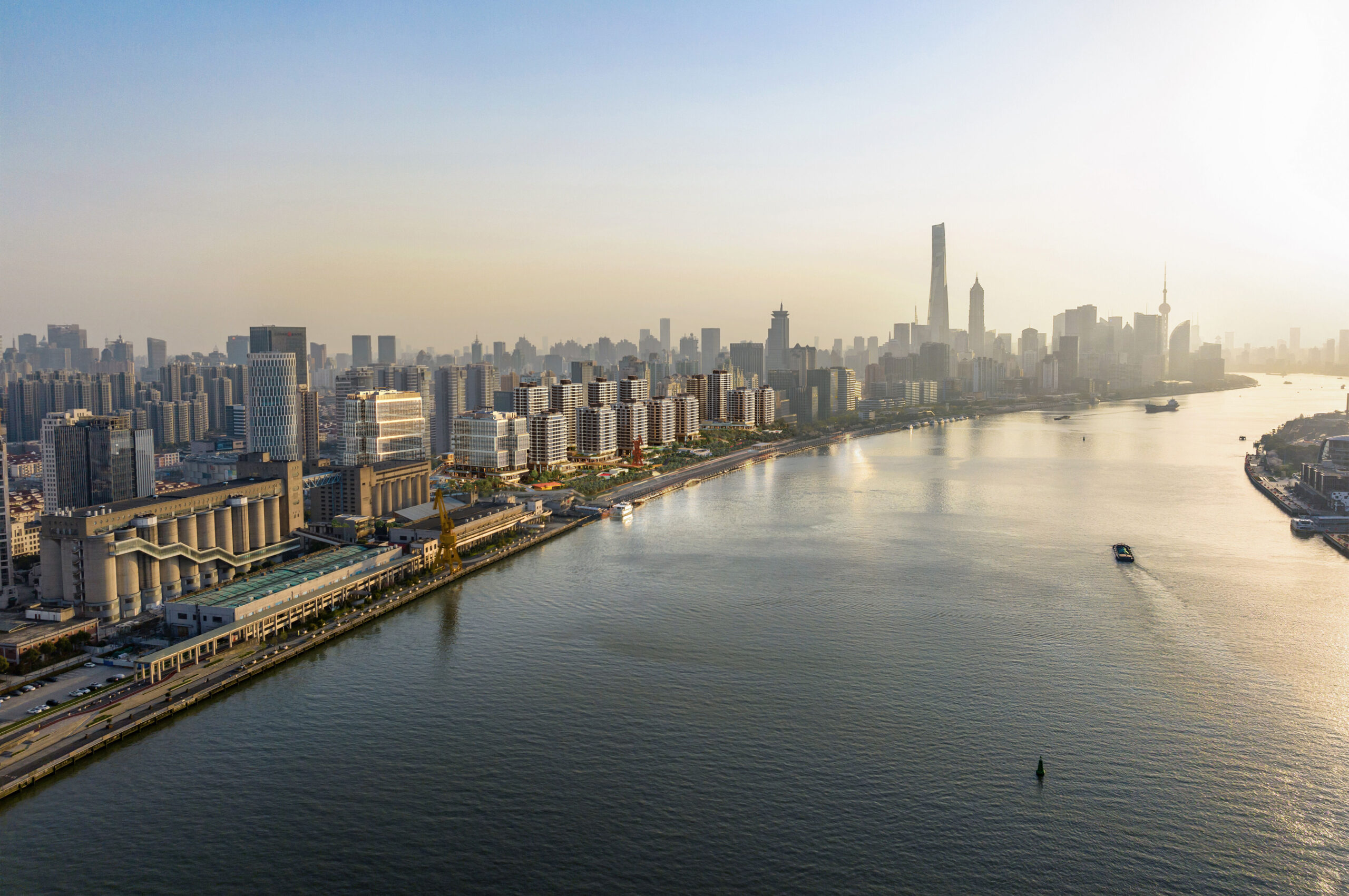

Stemming from the principles of regenerative development and design, regenerative travel is largely driven by operators doing more for the environment and local communities, and architecture plays a crucial role in this. Looking at the global scenario, the built environment is accountable for over 40% of global greenhouse gas emissions, along with biodiversity loss and the depletion of natural resources. In response, we as architects are embracing a journey towards a greener future, and our expertise and discoveries can help the travel industry reduce its impact. Low-energy buildings, climate-appropriate design, low-carbon and local materials, circularity, biodiversity restoration, on-site food and energy production, and the design of incredible spaces that uplift the spirit and improve wellbeing are central to our everyday discussions – shaping the buildings and masterplans we design.
As architects we have the unique ability to design spaces that capture the vision of regenerative travel. We can create hotels with architecture that’s so thoughtfully integrated it becomes an extension of the environment, and we can design masterplans that improve agricultural and energy infrastructure, protect and restore biodiversity, boost local economies and implement efficient water-usage systems.
At Make we have almost two decades’ experience in crafting hospitality experiences and spaces. We believe in places and buildings that respond to local environments and provide unique, meaningful experiences to guests. We’re guided by our six principles of sustainability – carbon, environment, community, wellbeing, connectivity and green economy – for every project. Whether it’s a community-focused development with a hotel and arts centre like Hornsey Town Hall (below left) or a heritage retrofit and repurpose project like Capella Sydney (below right), our holistic approach to sustainability allows our hotels to contribute to local economies and invites guests to immerse in their destinations.


Sustainability and wellbeing are deeply embedded in both our culture and approach. These values informed our design of Temple House, a city hotel in Chengdu, China, which integrates and reuses an historical Qing Dynasty building on the site, creating a traditional central courtyard where rainwater conservation allows a lush garden to thrive. Two new buildings complete the scheme, using local materials and traditional brick laying techniques, lowering the embodied carbon related to construction and celebrating local craft.

Natural ventilation and daylight in the rooms, wellness spaces, outdoor yoga spaces and a traditional Chinese Tea House all blend together to enhance guests’ wellbeing and connection with the local culture

We applied similar principles to our retrofit design of Ovolo Central (right), a boutique hotel in Hong Kong. We included local artworks wherever possible to celebrate Hong Kong’s growing modern art scene and improve guests’ wellbeing, inviting them to slow down during their stay. A unique ‘egg wall’ by local artist POLO greets guests on arrival and playfully reappears in the hotel’s communal areas, while the interior art collection is constantly refreshed to showcase a variety of local artists.
For Serensia Woods (below), located just north of Macau, we drew on the concept of an oasis, with the seven buildings arranged like petals around a lush central garden and wellness space at the heart of the site. The hotel interiors embrace biophilic design and are all tailored to include greenery, natural materials, curved elements, and views that connect guests to the surrounding nature and ocean beyond.
The hotel interiors embrace biophilic design and are all tailored to include greenery, natural materials, curved elements, and views that connect guests to the surrounding nature and ocean beyond.


Within the regenerative travel umbrella, slow travel and wellness-oriented travel are also taking over the youngest generation of travellers, where the journey to the hotel, whether by train, boat or local busses, is just as important as the destination itself. Wellness and off-grid experiences offering activities such as yoga retreats, wildlife conservation tours, traditional meals and dances, and natural health treatments, such as Ayurvedic medicine, can create deeper connections to places and help us disconnect from our busy lives to regenerate our minds and bodies. For architects, it’s about designing spaces that offer a full wellness experience, in terms of quality space and materials, as well as arrival sequences and spaces for activities where both physical and mental health are prioritised.
Our next generation of hospitality projects will build on the concept of regenerative travel. They will go beyond promoting wellbeing, natural light and local materials to actively engaging with local communities and economies and protecting the natural world. We aim to design places that encourage interaction between guests and local communities, promote cultural exchange and understanding, create a sense of place and harmony with nature, and invite guests to immerse themselves in meaningful experiences that will stay with them for life. Ultimately, we want to use our skills as architects to help travel become a more positive force for change.


The hospitality industry, particularly hotels, has the opportunity to lead the way in promoting regenerative practices. While more still needs to be done to address the impact of travel – particularly air travel – regenerative travel principles can guide us to a more positive future for travel while making every journey an unforgettable, rejuvenating and fulfilling experience.






